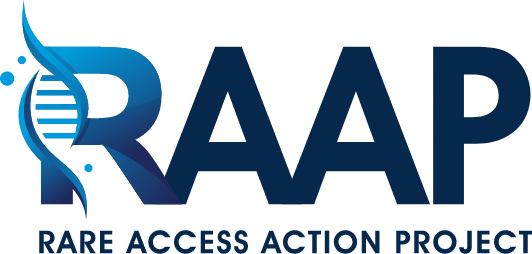
Prescription Drug Affordability Board (PDAB)
What are Prescription Drug Affordability Boards?
In response to rising prescription drug costs and their impact on healthcare spending, some states have established prescription drug affordability boards (PDABs) to review certain high-cost prescription drugs and determine whether states should take action to reduce those costs.
The intended function of these government bodies is to reduce the price of prescription drugs to the government and commercial market in a state.
Many examples of drug affordability offered by proponents of PDAB focus on benefit design, not the price of a prescription medicine
To date, PDABs remain experimental. With the first PDAB passed in 2019, to-date, no PDAB has lowered the cost of any medicines, or reduced patient costs.
Upper payment limits (UPL) imposed by a PDAB on a therapeutic are only applicable in that state, even though the product may enter commerce in another state at a higher price, leaving patients to make up the difference between the acquisition cost and the UPL permitted in that state.
Any PDAB decision that harms patient access to a rare therapy is unacceptable. PDABs have the potential to disrupt current and future access to rare therapies. RAAP urges lawmakers to consider solutions to patient access that can lower out of pocket costs and encourage benefit design that doesn’t rely on plans pushing therapy access out of reach to some patients.
RAAP PDAB Webinar Series
PDAB 101
-
PDAB Q&A - Frequently Asked Questions
-
What is a Prescription Drug Affordability Board (PDAB)
-
RAAP Sign-on Letter Asking Gov. Youngkin to Veto HB1724
-
RAAP Op-Ed Addressing Maryland's HB424/SB357 which allows the MD PDAB to to implement UPLs
-
A PDAB established Upper Payment Limit (UPL) Will Disrupt the Pharmaceutical Supply Chain Restricting Patient Access While Failing to Guarantee Any Savings Are Passed Along to Consumers
-
PDABs Exacerbate Health Disparities and Jeopardize Efforts to Promote Health Equity
-
Affordability Reviews Are Advancing With ONLY Limited Stakeholder Input
-
Colorado’s PDAB Drug Evaluation Process – Rushed, Lacks Transparency & Utilizes Flawed Discriminatory Data
